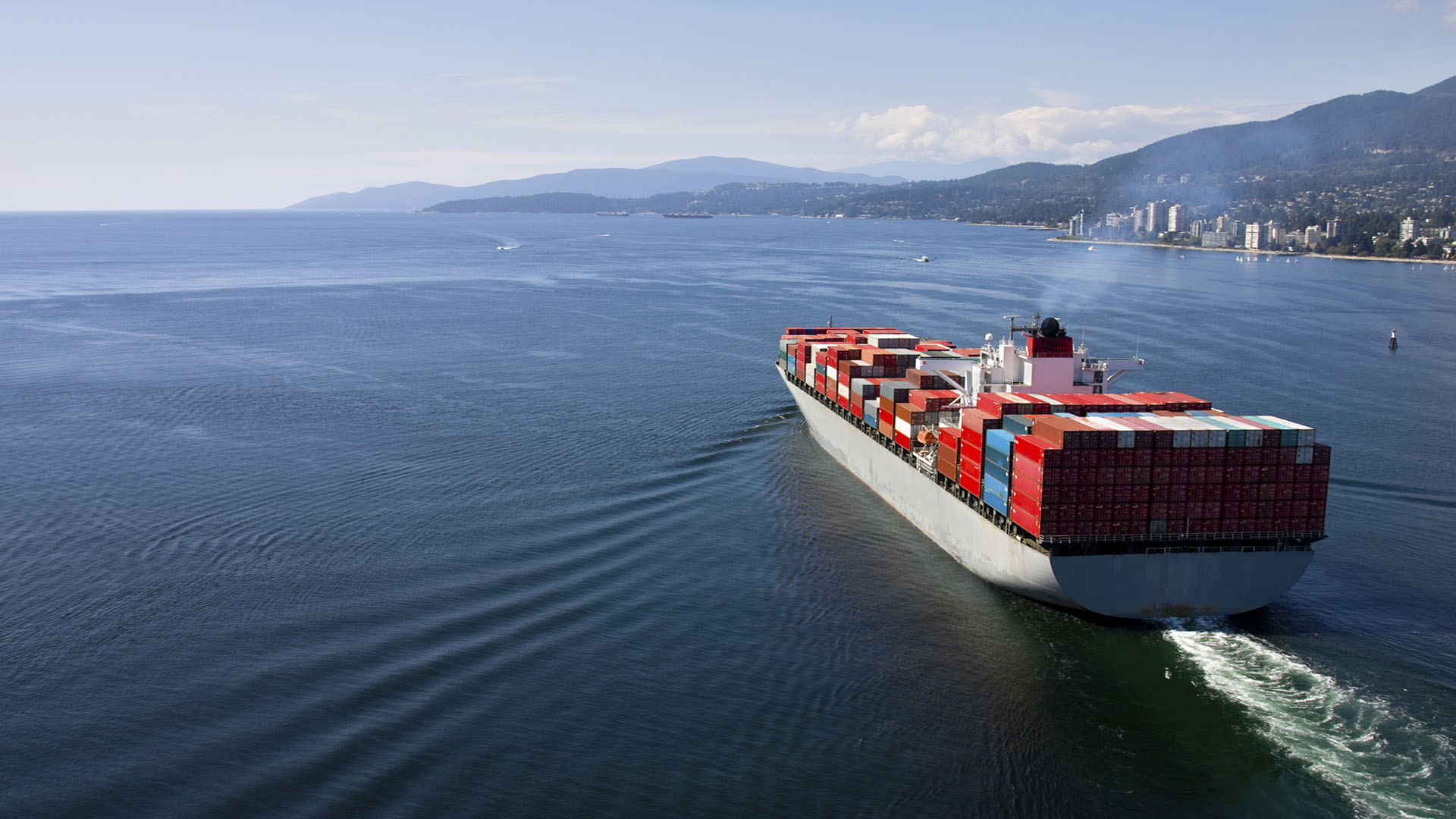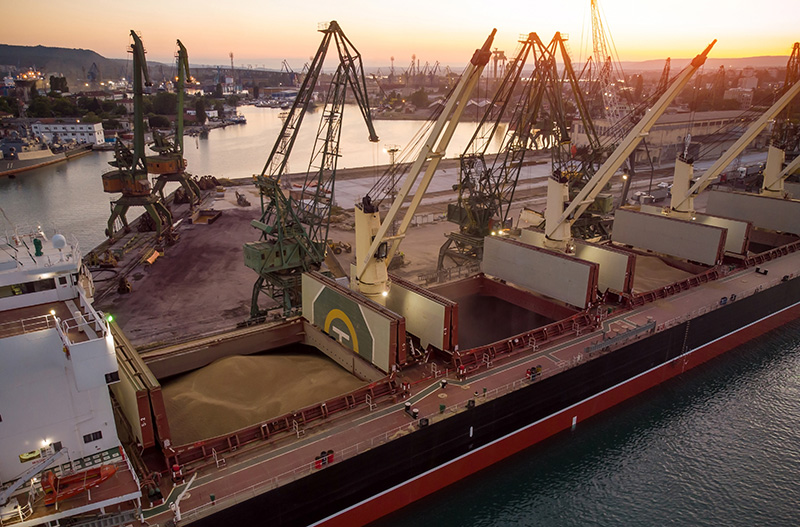
MSS Case May: Mooring accident led to severed arm
The handymax bulk carrier loaded petcoke into holds #2 #3, and #4 without any issues. After completing hold 4, the vessel needed to shift 10-15 m aft to align hold 1 under the loader. The operation was done by warping the mooring lines at berth without using the engine or tug. In the morning the Longshoreman A provided initial positioning instructions to the Chief Officer and left.
The crew was stationed as indicated with all crew members on the deck and the Master on the port bridge wing. The cadet was on the forecastle by the port winch tending to the forward spring line on the drum. The Bosun was controlling the brake for the port winch. One AB was controlling the brake for the starboard winch. The Chief Officer was on deck by cargo hold 1, peering over the side of the vessel to properly position the vessel at the correct location relative to the petcoke loader. 0The Third Officer, two ABs and an OS were on the poop deck tending the lines on the stern. The crew communicated via radio. The engine was not used to shift the vessel.
In order to shift the vessel aft, the crew slackened the two forward head lines, the two forward breast lines, the two aft spring lines, and the two aft breast lines. The crew heaved the two forward spring lines and the two stern lines. One of the forward spring lines was on the port winch, while the other was on the port winch drum. As the crew heaved the two forward spring lines and the two stern lines, the vessel very slowly shifted backwards by about 10 to 15 meters.
Around this time, Longshoreman A who had spoken to the Chief Officer from the gangway, returned to the dock to again instruct the Chief Officer where to position the vessel alongside the dock. About a minute or so after they spoke, the forward spring line on the port bow winch parted near the forward port fairlead. The Chief Officer and the Master, saw the line hit the worker, who stumbled briefly before falling.
The Chief Officer did not initially notice that the worker’s arm had been severed. The Master also saw the parted line strike the Longshoreman. The Master immediately notified the shoreside personnel to call for emergency medical assistance and the Chief Officer waved and yelled to the shoreside personnel to get help for the injured Longshoreman. Several shoreside individuals came to his aid and he was taken to the local hospital. A diving crew was later deployed to search for the severed arm, but it could not be recovered. The Longshoreman survived but could not work as a Longshoreman anymore.
The vessel had been bought one year previously. Since the vessel had been taken over, the Master had not reported any issues with the mooring lines. The specific certificates for all the mooring lines were onboard but the crew did not know which certificate was for which mooring line. The parted mooring line was a standard polyamide multi-fibre 8 strand plaited.
Questions
When discussing this case please consider that the
actions taken at the time made sense for all involved. Do
not only judge but also ask why you think these actions
were taken and could this happen on your vessel?
- What were the immediate causes of this accident?
- Is there a risk that this kind of accident could
happen on our vessel? - How could this accident have been prevented?
- Do we have a risk assessment for shifting
alongside? - If we do, could this risk assessment be improved?
- Do we have a toolbox meeting where we discuss
the mooring operation? - Do all members of the mooring party have
defined duties and roles? - Is it clear onboard our vessel which certificate
applies to which mooring line? - How do we protect the mooring lines from
excessive sea water and sunlight?
- Do we inspect the mooring lines for wear, cuts, or
damage before use? - How do we monitor that the mooring lines stay
within safe limits during the operation? - What is the procedure when a person is in a
dangerous position? - What sections of our SMS would have been
breached if any? - Does our SMS address these risks?
- How could we improve our SMS to address these
issues? - What do you think was the cause of this
accident? - Is there any kind of training that we should do
that addresses these issues? - What can we learn?

MSS Case May: Mooring accident led to severed arm
What began as a routine vessel shift at berth turned tragic when a mooring line parted and struck a dockworker, resulting in life-altering injuries.
For more Loss Prevention information, please contact:
Joakim Enström, Loss Prevention Officer
E-mail: joakim.enstrom@swedishclub.com
Each month, the Club’s Loss Prevention team issues a new safety scenario to assist members in their efforts to comply with international safety regulations and follow best practices.